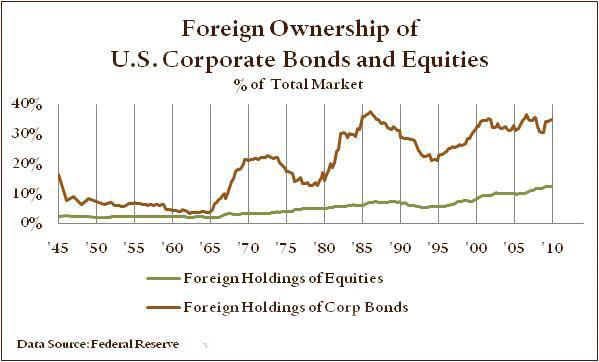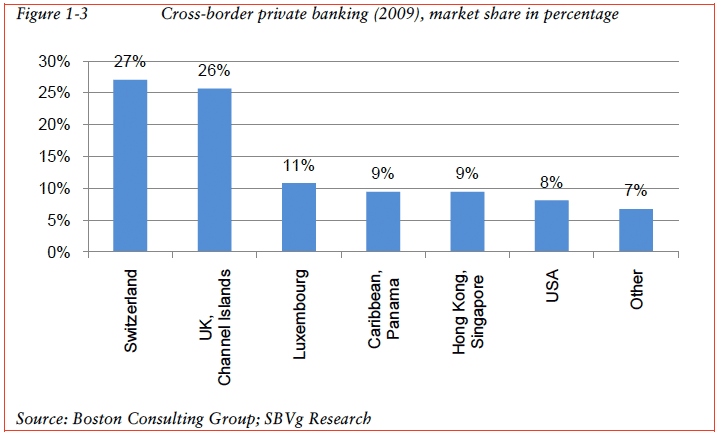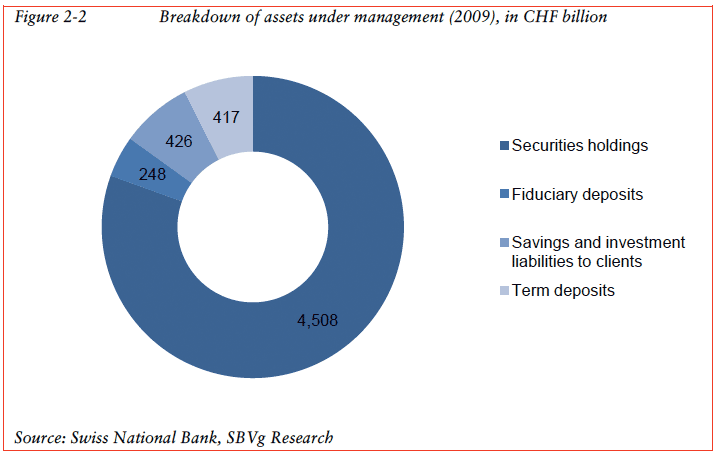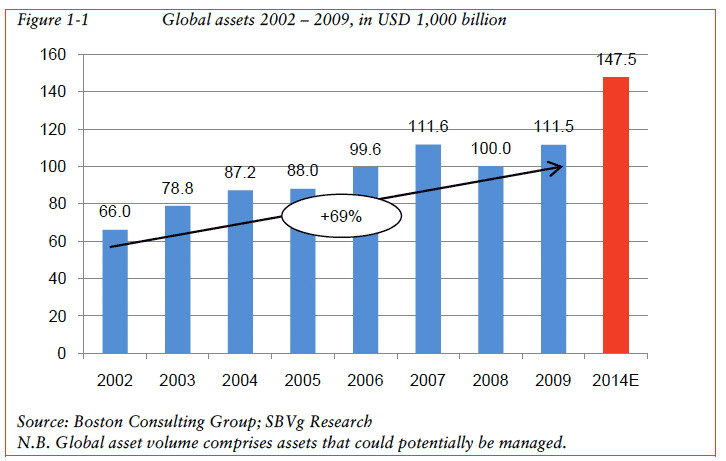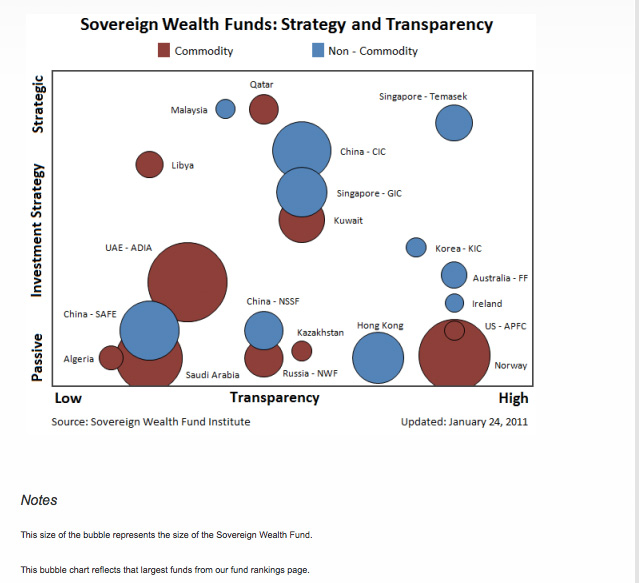No wonder the sell-side is so aggressive in “selling” corporate access to issuers. The meetings are worth a lot to them, according to an annual survey by Greenwich Associates, as one-third of U.S. equity research commissions are being used to compensate the sell-side for arranging meetings with corporate management teams. One third of the market in U.S. equity research commissions, estimated to be worth $12.1 billion, equates to $4 billion for corporate access, in the U.S. alone.
50% of U.S. institutions now use commission sharing arrangements but institutional commission payments continue to fall because trading volumes have dropped and the buy-side continues to shift volume to electronic systems. Nearly 40% of U.S. equity trading is now executed electronically. This shrinking market has placed increasing pressure on sell-side profitability.
The annual Greenwich survey estimated that brokerage commissions paid by U.S. institutions on domestic equities fell 13% to an estimated $12.1 billion per annum in the first quarter of 2010. An estimated 53% of these commissions, or $6.4 billion, was for research, corporate access and sales services not related directly to trade execution. 33% ($4 billion) is spent on corporate access, including 19% ($2.3 billion) for facilitating access to corporate management on non-deal roadshows and 14% ($1.7 billion) for conferences.
According to a post on Inside Investor Relations by Brad Allen, The Wall St Transcript (TWST), which provides software for sell-side firms to manage their corporate access programs under the MeetMax CAM name, estimates that 200,000 one-on-ones take place at conferences annually. On average, a meeting at a conference is worth an estimated $4,500. Integrity Research, which researches the equity research industry, reported that TWST also put a range of between $7,500 and $10,000 per meeting on the more difficult to estimate non-deal road shows.
As corporate access has become such an important business for the sell-side, how much does it benefit the companies allocating so much of their valuable executive time? If they are being taken to meet bona fide long-term shareholders and potential shareholders it is clearly worthwhile. But if valuable executive time is being spent with the wrong investors, there is clearly a problem.
If a hedge fund is effectively paying “your” broker $10,000 to meet with you, what is their agenda and is it in your interest? Is your company or one of its peers the real subject of the meeting?
And remember, not all investors are paying the broker the same amount. So who gets priority? In most cases it’s the investor who pays the most. The reality of today’s market is that the sell-side is simply not able to treat each investor impartially. It has a clear conflict of interest between the needs of its client (the investor) and its steed (the issuer).
Issuers should be concerned that the marketing process lacks appropriate transparency and companies are potential victims. There are clear conflicts of interest among financial intermediaries and there is abuse. In our opinion the disclosure of trading conflicts is completely inadequate and companies should demand much more transparency from the sell-side.
For the Greenwich report please click on http://www.greenwich.com/Greenwich0.5/CMA/campaign_messages/campaign_docs/naeif-10-GLG.GR.pdf



